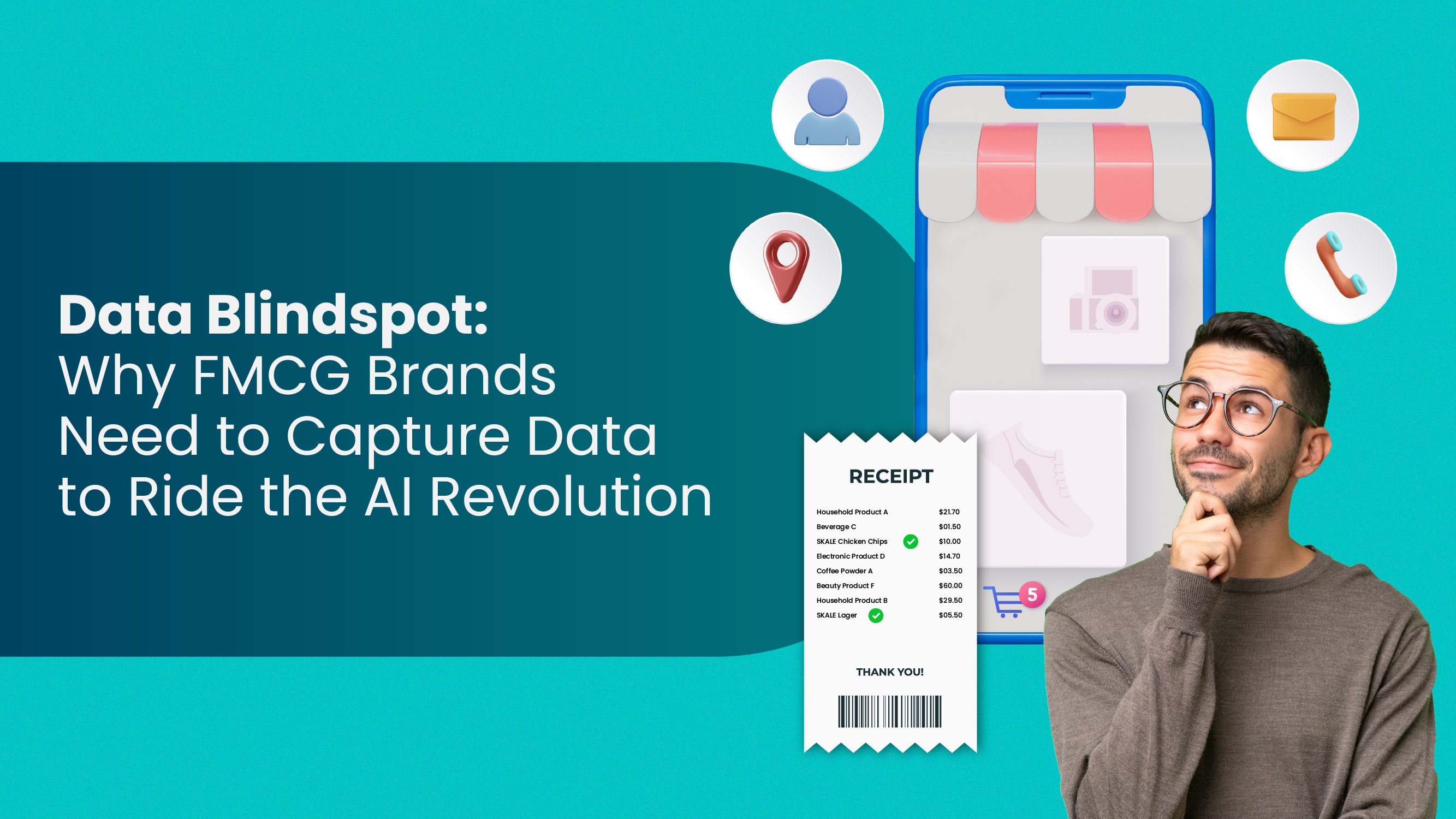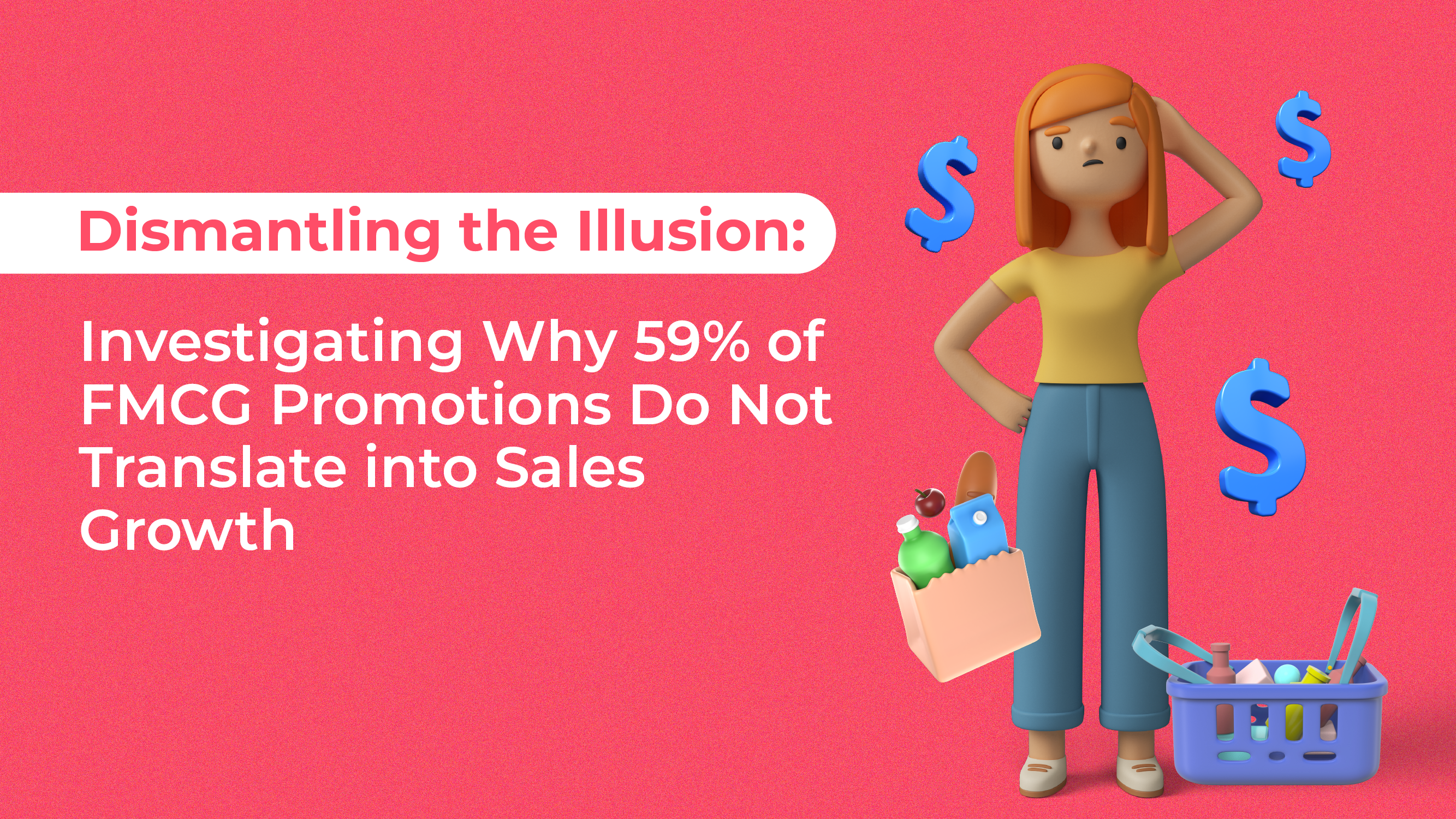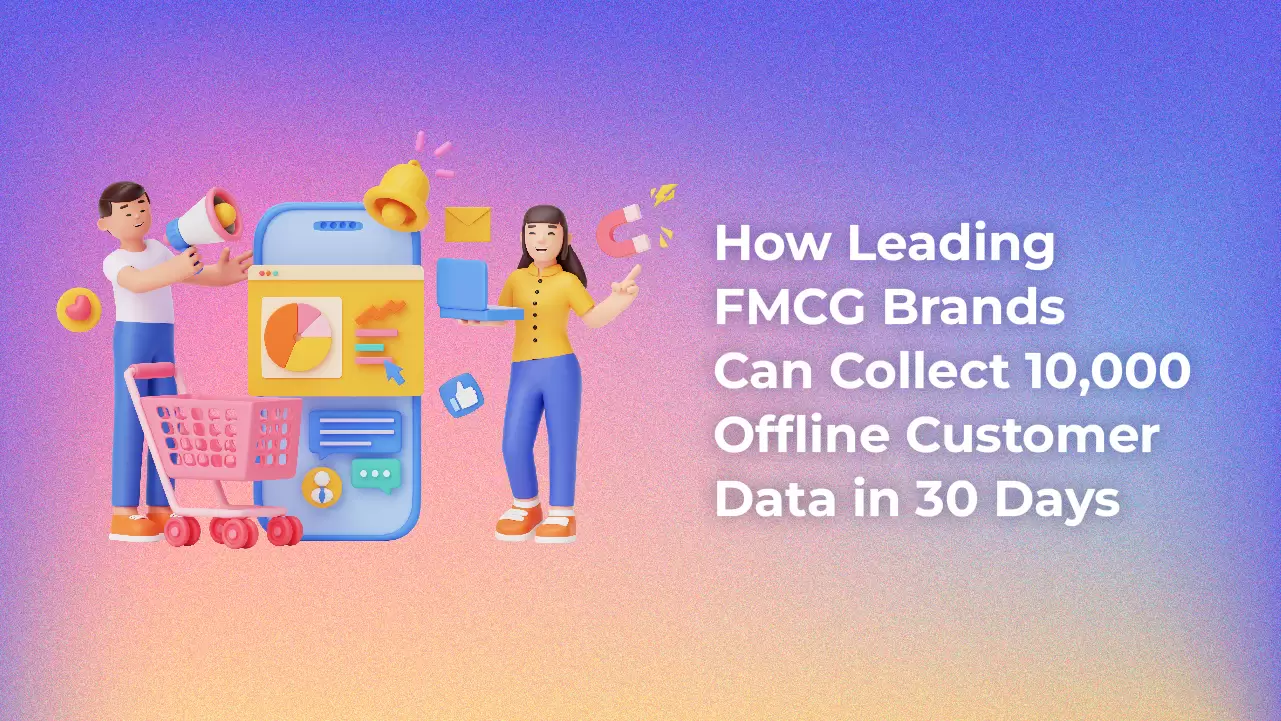In 2005, Professor W. Chan Kim and Renee Marbourgne introduced a ground-breaking concept called the “Blue Ocean Strategy”.
Their book, “Blue Ocean Strategy: How To Create Uncontested Market Space and Make Competition Irrelevant,” simply encourages companies to create rather than compete.
The book provides the simple discrepancy that rather than struggling for survival in bloody “Red Oceans”, companies should look to “Blue Oceans” – a pursuit of high product differentiation and low cost, eradicating competition in the process.
For restaurants, this means providing an alternative to the existing modes and models that most are founded on. Creating new and uncontested market spaces should be the primary focus. Capturing new demand is far more profitable than constantly vying to out-do rivals.
This is by no means an easier task, however.
Discovering Blue Oceans

Porter’s Five Forces has been the standard at determining how viable a business is. This is done by analyzing the current market space and comparing it to specific factors regarding the business.
This however, keeps businesses in the “Red Oceans”, as the tactics make for a competitive climate between users sharing a market space.
According to Kim and Mauborgne, the Blue Ocean strategy requires us to rethink the suggestion that businesses must compete to stay afloat. Using what they call the Four Actions Framework, there are questions posed to us that help reconstruct buyer value elements in crafting a new value curve. These are:
- Raise: What factors should be raised above the industry standard?
- Reduce: What factors were a result of competing against others and can be reduced?
- Eliminate: Which competitive factors of the industry can or should be eliminated?
- Create: Which factors should be created that the industry has failed to realize?
These questions help companies confront the traditional modes of competition, but force them to come up with strategies that devalue the need for competitive growth.
How Do Restaurants Utilize The Model? [restrict]

The bad news is, there is no straightforward answer. Utilizing a Blue Ocean Strategy means coming up with original solutions. It means spending enough time crafting a unique vision that stands apart from what every other F&B service is providing.
The good news, however, is that it doesn’t need to be ground-breaking or complicated. It only takes one person to innovate. Small businesses do not have long integrated supply chains preventing them from experimenting with new ideas, so there is minimal risk involved.
Some of the more modern concepts are built around simple technological advances – many of which – out of coincidence to the last paragraph – are based on the smartphone. QR code scans, iPad ordering kiosks and e-waiters have been game-changers to the industry.
Food delivery services have pioneered smartphone development to the benefit of both provider and consumer, where having food delivered is simple, affordable and quick. Such innovations have given mega-corporations like McDonalds and Dominos a run for their money in the delivery game.
However, as we move along the technological chain, we find that these “oceans” become more red than blue. Others are quick to catch on to innovations and diminish the novelty. The idea is to stay ahead and implement these changes before others have the time to catch on – to generate demand as a lone-standing business, rather than play second-fiddle to others who are brave enough to lead the way.
Conclusion
It is far more profitable to discover a venture in an uncontested market space, but it is by no means easier. It is always simpler to default to traditional modes and models, as there are tried and true methods that will always work.
Despite this, as in today’s saturated market space, room for growth is minimized. For a business to truly shine, it’s important to embrace new ways of thinking and acting. The Blue Ocean Strategy challenges companies to innovate, with the promise of growth in an uncontested market space.
[/restrict]







